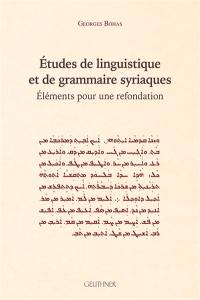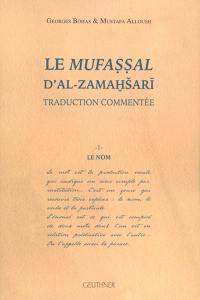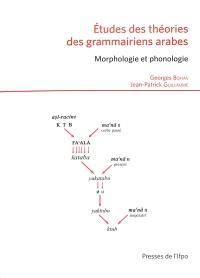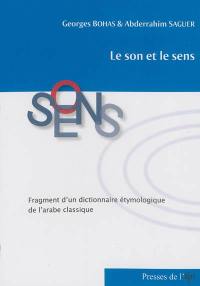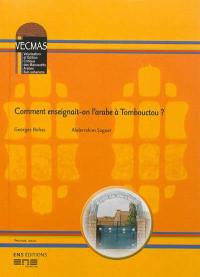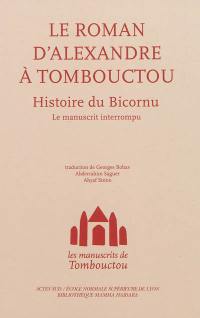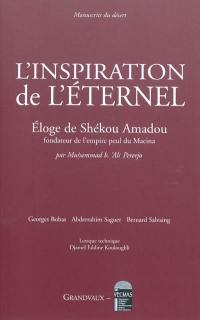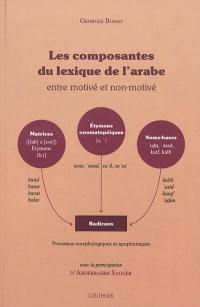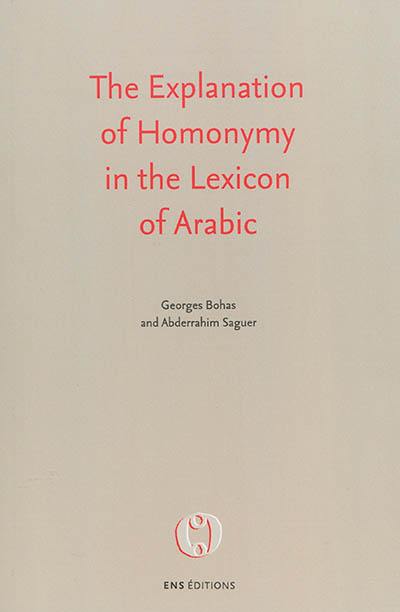
Fiche technique
Format : Broché
Nb de pages : 189 pages
Poids : 317 g
Dimensions : 15cm X 23cm
ISBN : 978-2-84788-408-1
EAN : 9782847884081
The explanation of homonymy in the lexicon of Arabic
Quatrième de couverture
The Explanation of Homonymy in the Lexicon of Arabic
The phenomenon of homonymy appeared at the conceptual beginnings of Arabic grammar. In the chapter devoted to the relationship between form and lexical meaning in the kitâb by Sîbawayhi we read that it is possible to find in the spoken language of the Arabs « two concordant forms although the meanings differ, when you say : wajadtu 'alayhi (I felt resentment against him), which comes from al-mawjidatu (resentment) and wajadtu (I found) if you look at wijd(...)na l-d(...)llati (to find the lost animal). Examples of this kind are numerous ». Throughout the centuries nobody has been able to provide a satisfactory explanation of this phenomenon.
Standard linguistic studies restrict themselves to the level of the root, whereas this phenomenon can only be accounted for at the submorphemic level. As posited in the Theory of Etymons and Matrices (TME), the minimal phonetic units of the lexicon are not phonemes but phonetic features and the minimal units of sound and meaning are not morphemes but matrices composed of vectors of phonetic features correlated to a notional invariant.
In this book we account for some fifty roots (in the traditional meaning of the term). Such a large number cannot be dismissed as just a handful of convenient examples chosen for the purpose. Within the framework of TME, homonymy is thus an ordinary phenomenon which is predicted and explained by the theory and every case of homonymy will have an explanation once the entire lexicon has been described.





